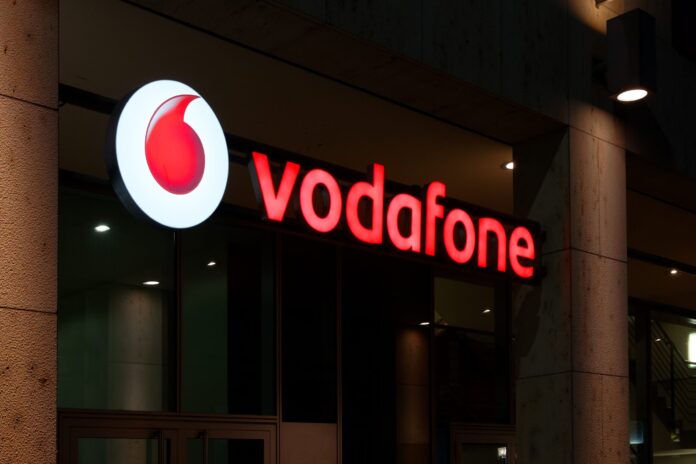Vodafone noted that 5G SA technology can integrate many connected devices and sensors with IoT across heating, cooling and lighting systems to monitor energy use
5G-powered technologies can generate significant cost and energy savings across public buildings like schools, hospitals and leisure centers across the U.K., according to new modeling carried out for U.K. telco Vodafone.
The modeling, carried out by WPI Strategy, reveals how installing digital twins, IoT and smart sensors could save the average town of 40,000 residents up to £350,000 ($450,000) every year on energy bills. Across the U.K., these savings amount to £580 million a year across public buildings, said Vodafone.
The carrier stated that 5G Standalone (5G SA) technology can integrate many connected devices and sensors with IoT across heating, cooling and lighting systems to monitor energy use and identify efficiencies. For example, the combination of IoT with motion sensors can measure inhabitants’ patterns of work and how a building consumes energy to an extremely accurate degree, allowing adjustments to be made, said Vodafone.
The U.K. carrier also noted that digital twins, which are highly accurate virtual representations of buildings that use real-time data from sensors to simulate behavior and monitor operations, enable engineers to study them in detail on a computer remotely, and identify where efficiencies can be made, as well as predict faults.
However, Vodafone highlighted that for U.K. towns to gain the full benefits, these technologies need the reliability, high capacity and low latency of a 5G SA network.
Andrea Dona, chief network officer of Vodafone U.K. said: “We believe that a best-in-class 5G network would provide a much-needed economic boost to the public purse, saving £580 million of taxpayer money, while also helping to decarbonize the public estate.”
As part of its proposed merger with Three UK, Vodafone UK has committed to delivering 5G SA to 95% of the population by 2030 and 99% of the UK population by 2034.
Last year, Vodafone UK, which is owned by Vodafone Group and Three UK, owned by CK Hutchison Holdings, had announced a new joint venture agreement that would bring their operations under a single network provider. Under the terms of the proposed merger, Vodafone will own 51% of the new entity while Hutchison Group will own 49%.
Vodafone and Three UK had recently said that the recent decision by the U.K.’s Competition and Markets Authority (CMA) to carry out a new in-depth review of their proposed merger was in line with the expected timeframe for completion of the transaction.
The U.K.’s Competition and Markets Authority (CMA) launched the initial phase of an antitrust investigation in January after the entity was notified by the two carriers about the proposed merger. This initial review was designed to identify whether the deal may lead to a “substantial lessening of competition” and therefore requires an in-depth, phase 2 investigation. Phase 2 investigations, which started in April and are expected to conclude in September, allow an independent panel of experts to probe in more depth initial concerns identified at phase 1, the CMA explained.
The CMA previously highlighted that it has concerns that the deal could lead to mobile customers facing higher prices and reduced quality.

